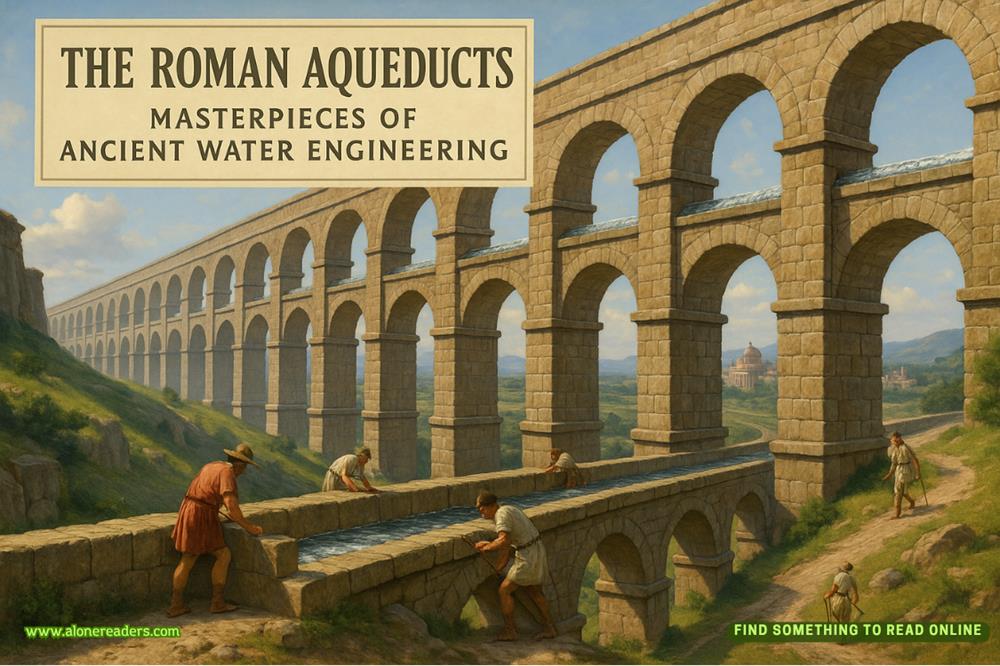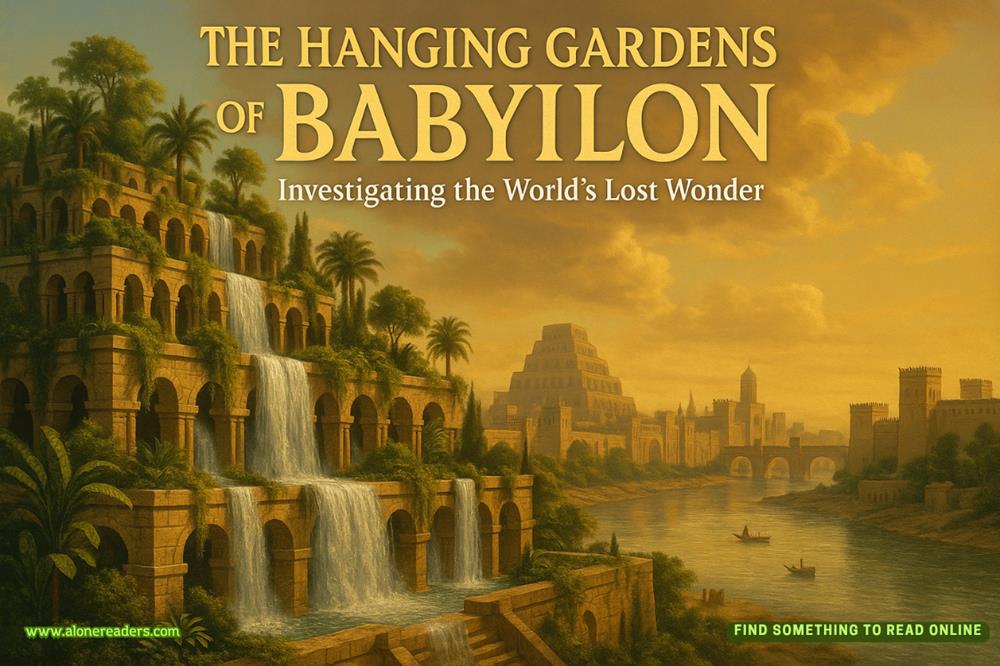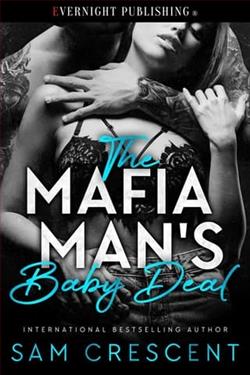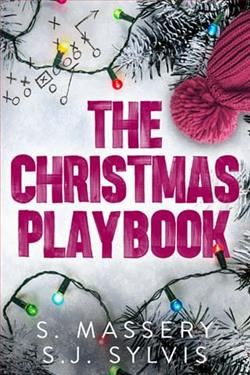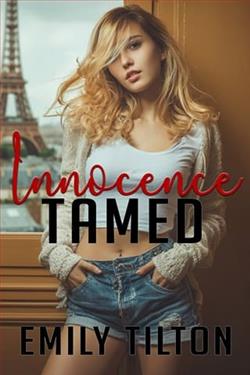Page 8 of Storytime and Sawdust
"I especially love the tree concept," I continue, unable to contain my enthusiasm. "The way the branches form natural shelves, and those little hideaway spaces for quiet reading. It's like something from a storybook."
A hint of surprise crosses his face, followed by what might be the ghost of a smile. "That was the intention. A place where stories feel possible."
"Yes! Exactly!" I beam at him, forgetting my attempt at professional restraint. "During storytime, I'm always trying to create that sense of possibility. Like we've stepped into the pages together."
Cal studies me for a moment, those blue eyes thoughtful. "You must be good at your job."
"I love it," I admit. "There's nothing better than watching a child connect with a story for the first time."
He nods, and I get the sense he actually understands rather than just being polite. Before I can say more, the conference room door opens and the rest of the committee returns.
"Ah, Mr. Rhodes," Margaret says warmly. "Thank you for coming. I see you've met Molly, our children's programming expert."
The formal introductions continue as everyone takes their seats. I try to focus on Margaret's opening questions about timeline and materials, but I find my attention repeatedly drawn to Cal's hands as he opens his portfolio. They're large but surprisingly elegant, with calluses that speak of years of hands-on work. When he sketches a quick modification to address Harold's concern about storage, his pencil moves with confident, fluid strokes.
"The tree concept came from thinking about how children naturally interact with spaces," Cal explains, his deep voice filling the room without effort. "They want to climb, to hide, to discover. The design incorporates those instincts while keeping safety and functionality as priorities."
"And the materials?" Harold asks.
"Primarily cherry and maple. Durable but warm. The finishes would be non-toxic and low-VOC." Cal glances at me. "Safe for children who touch everything they see."
I smile, appreciating that he's considered this practical aspect. "They absolutely do. Especially the younger ones—books, furniture, each other. Everything gets touched."
"Hence these rounded edges," Cal points to a detail in his drawing. "And these recessed handles that little fingers can grip easily."
As the interview continues, I'm struck by the contrast between Cal's quiet, measured responses and the imaginative whimsy of his designs. He doesn't use ten words where five will do, but each one seems carefully chosen. When Harold presses him on cost, he doesn't get defensive, just calmly explains the value of hand-joinery techniques and sustainable materials.
"What about maintenance?" Elaine asks. "Libraries are high-traffic environments."
Cal nods. "All pieces would be built to commercial durability standards. The finish is designed to patina naturally over time, becoming more beautiful with use. And I provide touch-up kits and maintenance instructions with every installation."
"Patina," I repeat, liking the word. "So it would age like a beloved book, showing it's been well-used and well-loved."
Cal's eyes meet mine, and something passes between us—a shared understanding. "Exactly. The worst fate for wood isn't being used; it's being ignored."
For some reason, this makes my heart beat a little faster.
When Margaret asks about his inspiration for the design, Cal hesitates, then says, "My grandfather used to read to me in his workshop. He built a special bench just for that. It was wide enough for both of us, with a shelf underneath for books." His voice softens slightly. "Some of my earliest memories are the smell of sawdust mixing with the pages ofWhere the Wild Things Are."
"That was my favorite book as a child," I say, surprised by this glimpse into his past.
"Mine too," he admits, and for the first time, he smiles fully. The transformation that makes my breath catch.
The rest of the interview passes in a blur of technical questions and budget discussions. Cal answers each one thoughtfully, occasionally glancing my way when addressing how the space would function for children's programming. Each time our eyes meet, I feel a little flutter in my chest that I haven't experienced in years.
When the formal questions end, Margaret asks, "Do you have anything you'd like to add, Mr. Rhodes?"
Cal pauses, considering. "Just that this wouldn't be a standard commission for me. It would be..." he searches for the word, "...personal. My grandfather believed that what we surround children with shapes who they become. If I'm selected for this project, it would be built with that responsibility in mind."
The sincerity in his voice touches something deep inside me. This isn't just business for him. It matters.
After Cal leaves, the committee discusses all three submissions. Harold argues for the less expensive option, but Elaine and Margaret favor Rhodes Custom Woodworking. They turn to me for the deciding vote.
"The Rhodes design isn't just furniture," I say, trying to articulate what makes it special. "It's an experience. When children enter that space, they'll feel like they've stepped into the kind of world books promise exists. That's what we should be offering them—not just somewhere to sit, but somewhere to dream."
Margaret smiles. "Well said."
The vote is 3-1 in favor of Cal's proposal.
